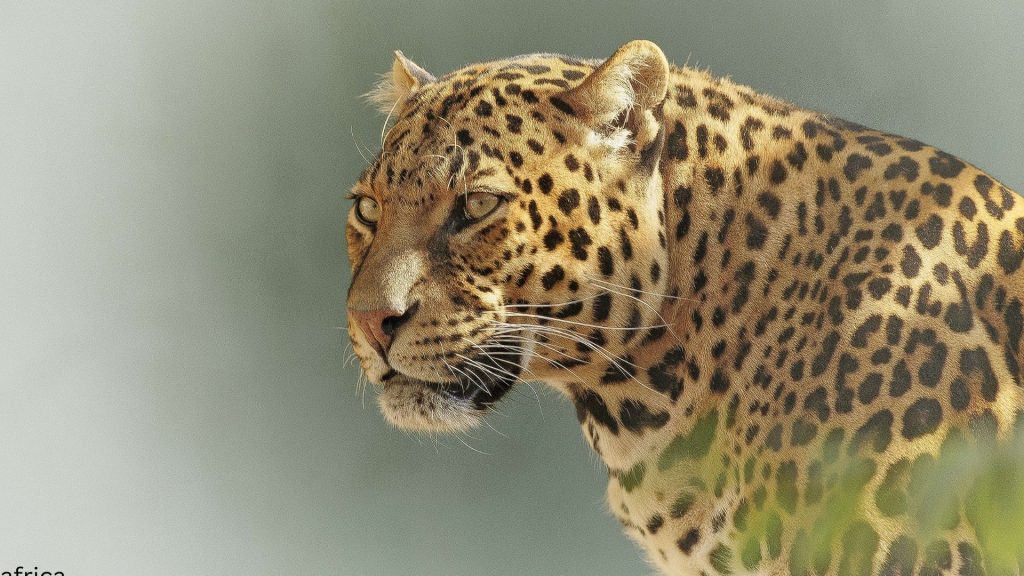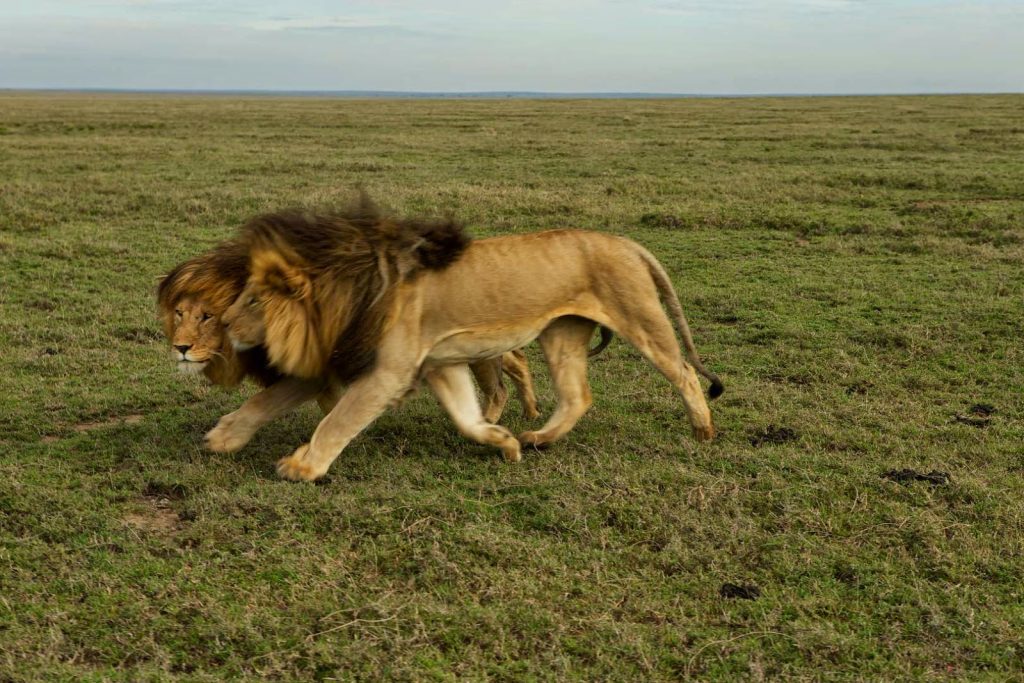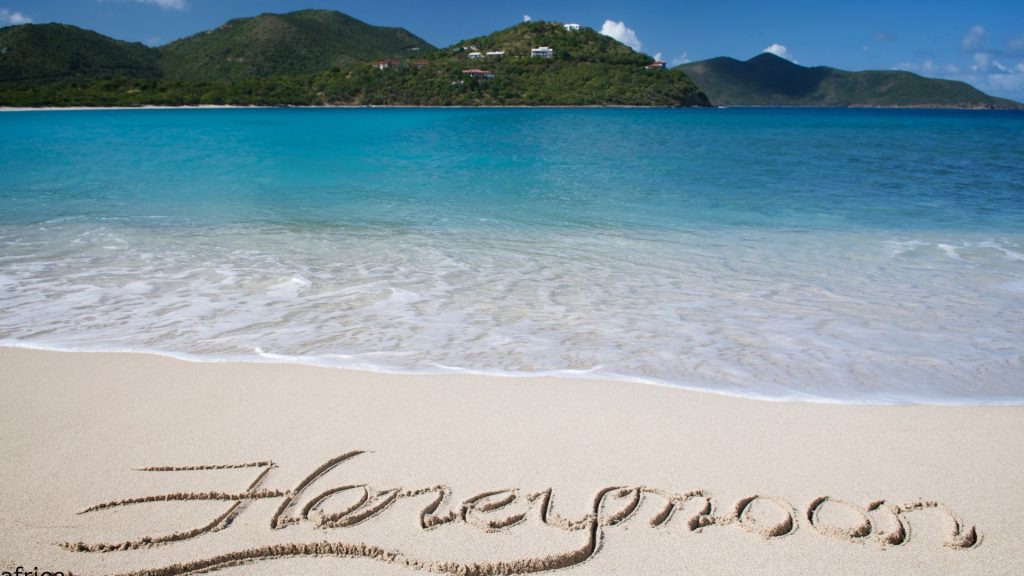Best Time to visit Kenya
Home » Best Time to visit Kenya
Kenya, with its breathtaking landscapes, vibrant wildlife, and rich cultural heritage, is a year-round destination that offers something special every month. However, choosing the best time to visit depends on what you want to experience, whether it’s witnessing the Great Migration, soaking up sunny beach days on the coast, or exploring lush, green savannahs after the rains.
Let’s break it down to help you plan your perfect Kenyan adventure.
Best Time for Wildlife Safaris (June to October)
If spotting wildlife in its natural habitat is your dream, the dry season from June to October is ideal. During this time, the grass is short, water sources are scarce, and animals are easy to spot as they gather near rivers and waterholes.
Why Visit in the Dry Season?
The Great Migration: From July to September, millions of wildebeest and zebras move through the Maasai Mara in one of nature’s most spectacular events.
Clear Skies: Sunny days and cool nights make for comfortable game drives.
Fewer Mosquitoes: The dry conditions mean fewer pesky insects.
Pro Tip: Book your accommodation early for the Great Migration season
Best Time for Lush Green Landscapes (November to May)
The rainy seasons, from November to December (short rains) and March to May (long rains), transform Kenya into a green paradise. Though some roads may be muddy and harder to navigate, the rewards are worth it.
Why Visit in the Rainy Season?
Fewer Crowds: Enjoy quieter parks and more personalized experiences.
Birdwatching Heaven: Migratory birds arrive, making it a fantastic time for bird enthusiasts.
Stunning Scenery: The landscape is lush, vibrant, and incredibly photogenic.
Pro Tip: The rains usually come in short bursts, leaving plenty of time for activities. Don’t forget your waterproof gear!
Best Time for Beach Holidays (December to March)
Kenya’s coastline along the Indian Ocean boasts some of the most beautiful beaches in Africa. Think white sands, turquoise waters, and swaying palm trees.
Why Visit the Coast in This Period?
Perfect Weather: Warm, sunny days with minimal rain make it ideal for swimming, snorkeling, and diving.
Marine Adventures: Explore coral reefs, go dolphin spotting, or simply relax on Diani Beach.
Festive Vibes: December brings a lively atmosphere with holiday celebrations.
Pro Tip: Visit in February or March for fewer crowds and equally stunning weather.
Special Events and Festivals
Maulidi Festival (Lamu Island, February): A colorful celebration of Islamic culture with music, dance, and poetry.
Rhino Charge (June): A thrilling off-road motorsport event held to support wildlife conservation.
Kenya Safari Rally (July): A world-famous rally event attracting motorsport enthusiasts.
When to Avoid Traveling
The long rains from April to early June can make travel challenging due to muddy roads and limited access to some national parks. However, if you don’t mind a bit of rain, you’ll enjoy green landscapes and lower prices.
Kenyan Safaris During High Season: Pros and Cons
Kenya is one of the world’s premier safari destinations, offering unparalleled wildlife experiences, stunning landscapes, and rich cultural encounters. The high season for safaris in Kenya typically runs from July to October, coinciding with the Great Migration and the dry season. While this is considered the best time to visit for many reasons, it also comes with its own set of challenges. Let’s take a look at the pros and cons of planning a Kenyan safari during the high season.
Pros
Great Migration
Optimal wildlife viewing
Pleasant weather
Festive atmosphere
Professional Guides and Services
Cons
Higher costs
Crowded Parks and Lodges
Limited Availability
Busy Airports and Roads
Less Authentic Cultural Experience
Tips for Making the Most of High-Season Safaris
- Book Early: Secure your accommodations, flights, and safari tours at least 6-12 months in advance.
- Choose Lesser-Known Parks: Consider visiting less crowded parks likeSamburu, Tsavo, or Meru for a more intimate experience.
- Travel Mid-Week: Flights and lodges are often less crowded mid-week compared to weekends.
- Work with a Reputable Operator: A trusted safari company like Kiwoito Africa Safaris can help you navigate the challenges of high season and ensure a seamless experience.




